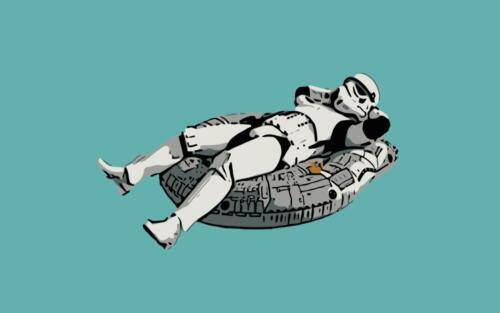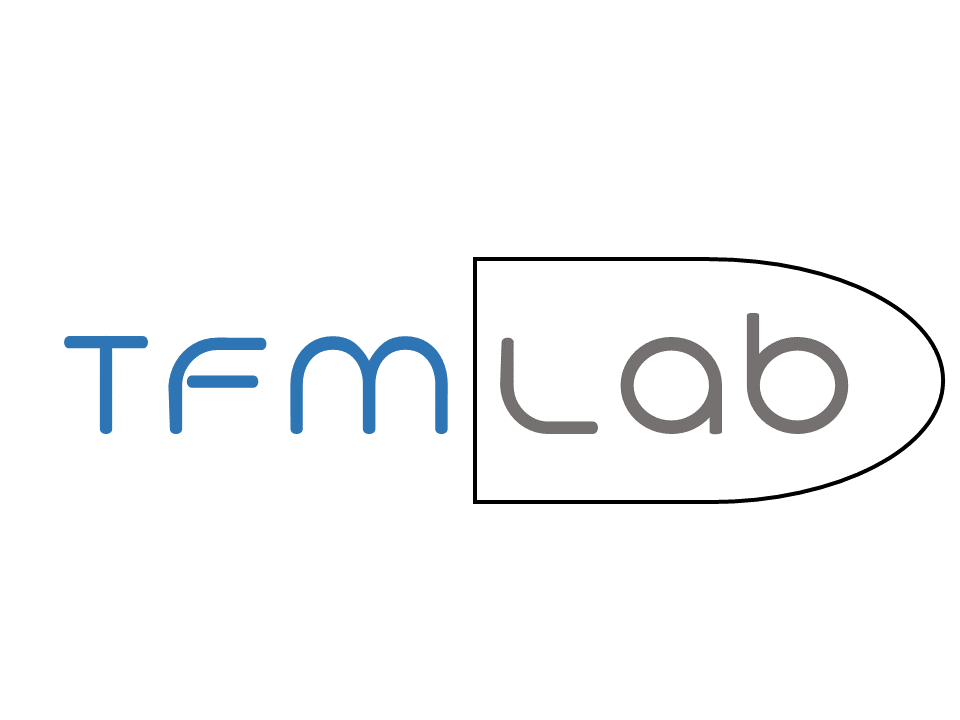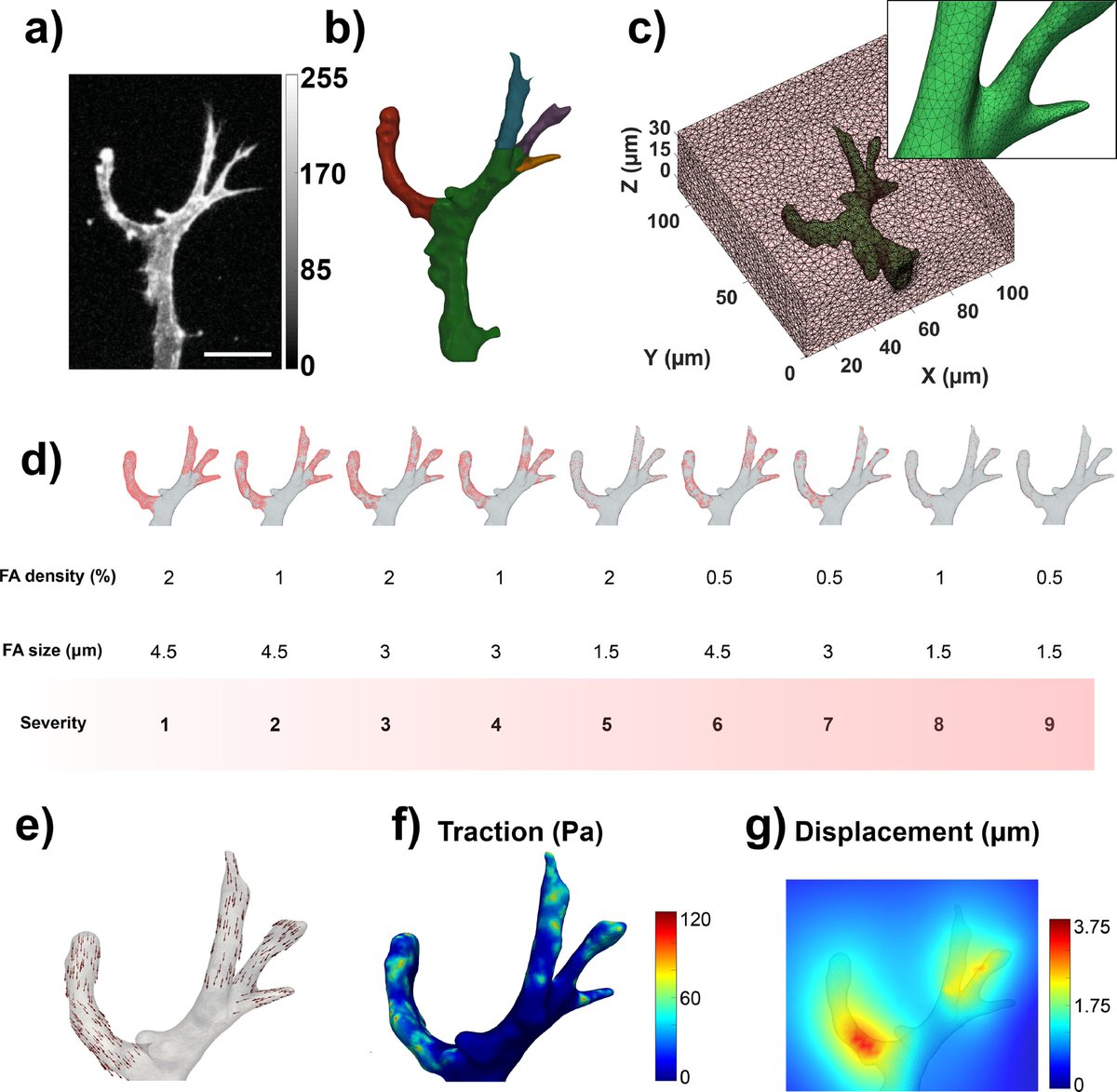Discover and read the best of Twitter Threads about #TractionForceMicroscopy
Most recents (3)
Last April I defended my #PhD at @KU_Leuven, in which I developed ways of looking at the #Force within your cells...
(1/20) 🧵In this #ThesisThread I will tell you exactly how I did it...
(1/20) 🧵In this #ThesisThread I will tell you exactly how I did it...
(2/20) No, at least in our galaxy, our cells do not have #midichlorians. But all ~30 trillion cells of your body are able to:
🔍Change their behavior if they #feel changes in the forces around them...
💪Exert #forces to move or to explore the environment
🔍Change their behavior if they #feel changes in the forces around them...
💪Exert #forces to move or to explore the environment
(3/20) Let me give you an example:
🚀When astronauts spend time in space, their bones become weaker! This means that the cells of their bones take a decision when they don't feel the #gravity anymore!
If there is no need, why should cells bother and maintain bones?
🚀When astronauts spend time in space, their bones become weaker! This means that the cells of their bones take a decision when they don't feel the #gravity anymore!
If there is no need, why should cells bother and maintain bones?

Hello!
(1/7)
I'm thrilled to share my new article in @SoftXJournal !!
We present TFMLAB! An open source Matlab toolbox for 4D #TractionForceMicroscopy. We put special focus on making it accessible, even if you are not good at programming! 💻🧐
sciencedirect.com/science/articl…
🧵👇
(1/7)
I'm thrilled to share my new article in @SoftXJournal !!
We present TFMLAB! An open source Matlab toolbox for 4D #TractionForceMicroscopy. We put special focus on making it accessible, even if you are not good at programming! 💻🧐
sciencedirect.com/science/articl…
🧵👇
(2/7) There are many available open source codes to run 2D TFM, but what if you are now thinking of embedding your cells in a 3D matrix? You won't find that many #3DTFM codes out there that are easy to use without requiring you to be an expert programmer🧐💻
(3/7) Well, we have created #TFMLAB 🥳!! This Matlab toolbox integrates all the computational steps to compute active cellular forces from confocal microscopy images, including image processing, cell segmentation, matrix displacement measurement and force recovery 

I'm very excited to share my very first paper!!💜
In our work in @ActaBio we propose a more sophisticated way of validating #3D #TractionForceMicroscopy methods and we apply our novel inverse method to an in vitro model of #angiogenesis (1/10)
👇👇🧵
sciencedirect.com/science/articl…
In our work in @ActaBio we propose a more sophisticated way of validating #3D #TractionForceMicroscopy methods and we apply our novel inverse method to an in vitro model of #angiogenesis (1/10)
👇👇🧵
sciencedirect.com/science/articl…
Typically, TFM methods are validated under simplified scenarios (using simplified cell geometries, arbitrarily choosing force exertion points, or bypassing image processing steps). Here, we designed a simulation platform that is as close as possible to a real case. (2/10)

